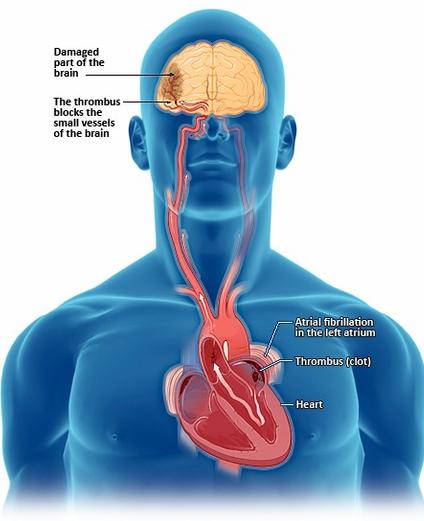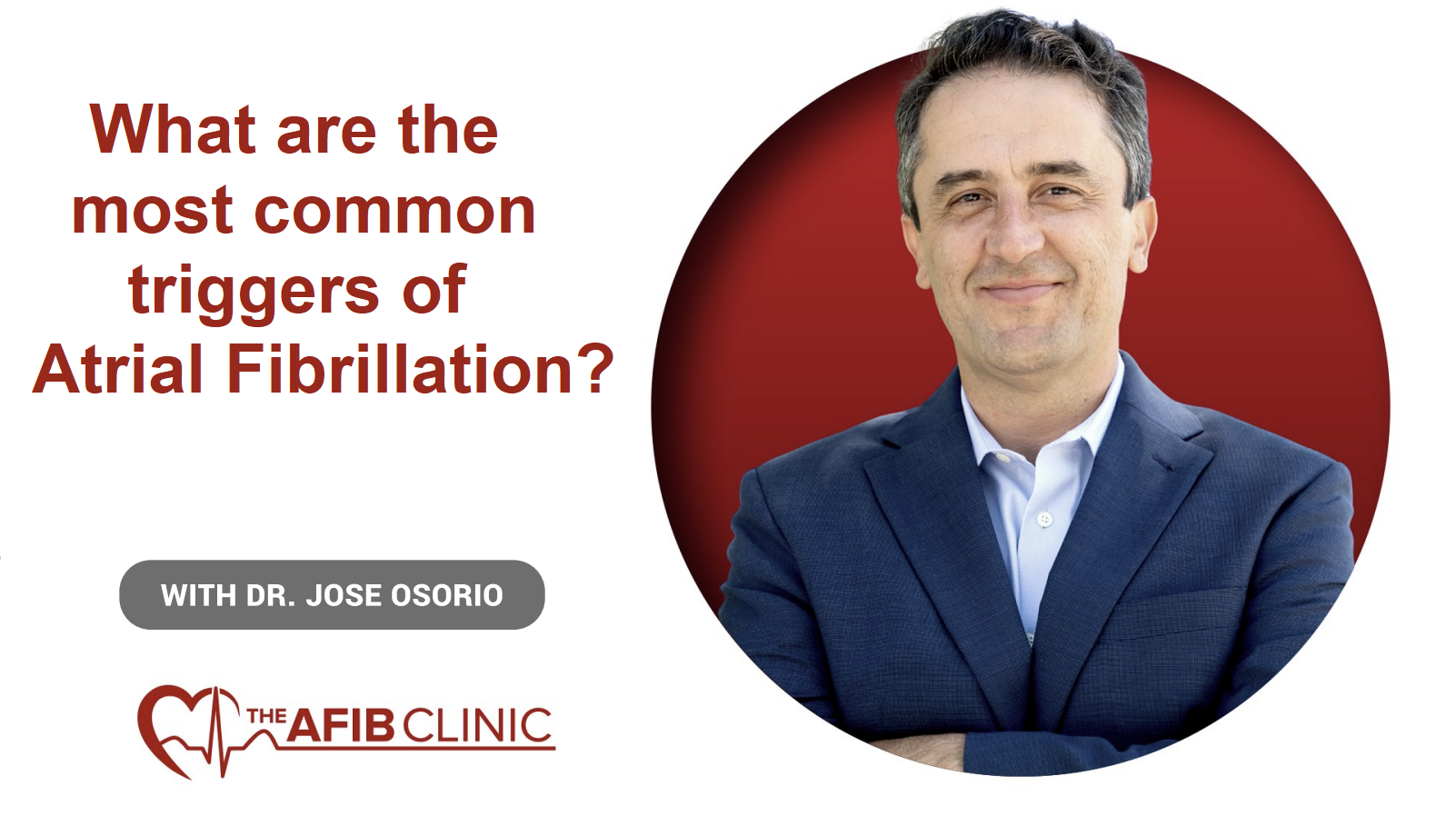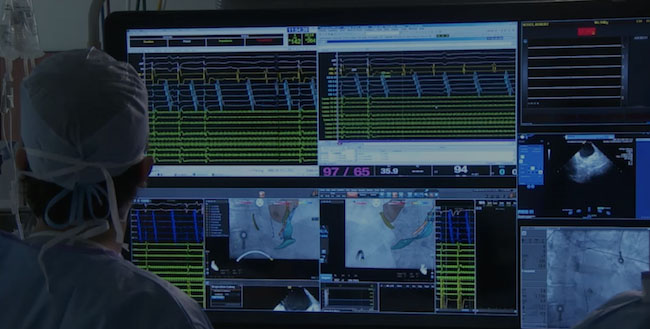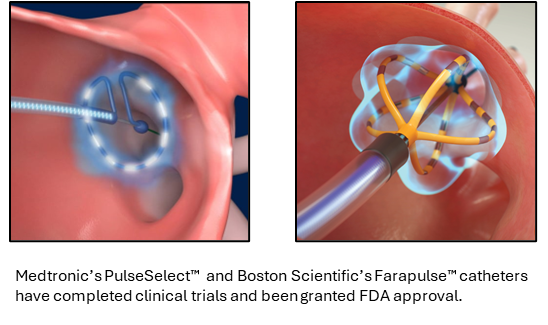Afib Ablation
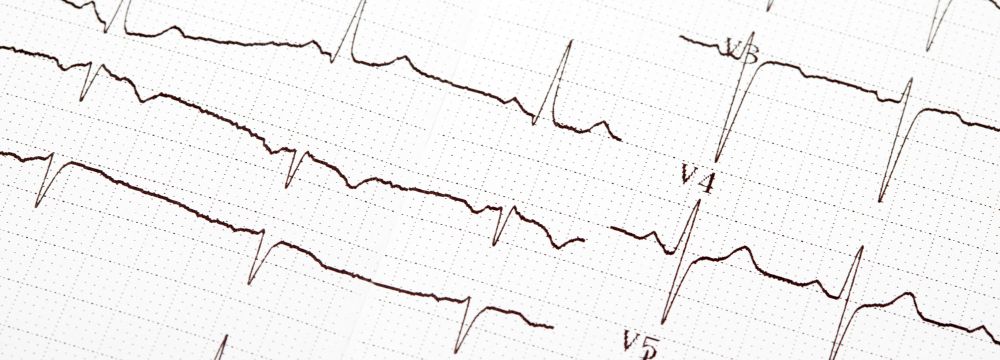
Electrocardiogram or EKG is used to diagnose atrial fibrillation and other arrhythmias
Atrial fibrillation (Afib) ablation is a procedure where we typically target the pulmonary veins and other areas that may trigger Afib. Afib ablation is the treatment of choice for many patients with atrial fibrillation. The procedure has been traditionally performed with thermal energy: radiofrequency (which heats the tissue) or cryo (which freezes).
Thermal energy may cause collateral damage if there is sufficient heating or cooling of adjacent structures – such as the esophagus (the food pipe) or nerves. Although we have learned how to reduce these complications to very low numbers, the risk still exists.
Pulsed-field ablation (PFA) is a non-thermal method for cardiac ablation that has the potential to change our field. PFA generally involves high-voltage electric pulses from a catheter, each delivered at a tiny fraction of a second. The most interesting part of this new technology is that it is cardio-selective at the voltage levels used for cardiac ablation. That means that pulses generally used for ablation of atrial fibrillation will affect the cardiac tissue we are targeting, but not adjacent structures. Studies have shown it to be safe and we have not seen instances of damage to the esophagus.
The potential advantages versus radiofrequency ablation or cryoablation include improved safety and efficiency – the procedures are significantly faster. Studies have also shown that its ease of use has reduced the learning curve (the number of procedures for physicians to become proficient with the technology).
Dr Jose Osorio
Miami, FL
Read more about AFib:








